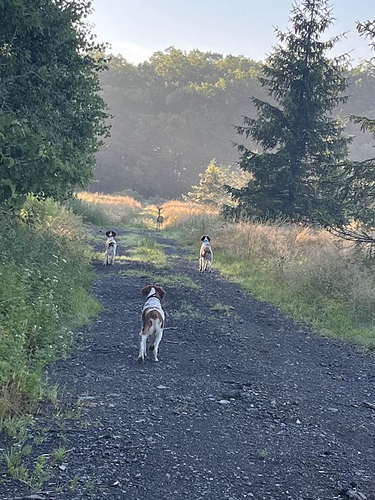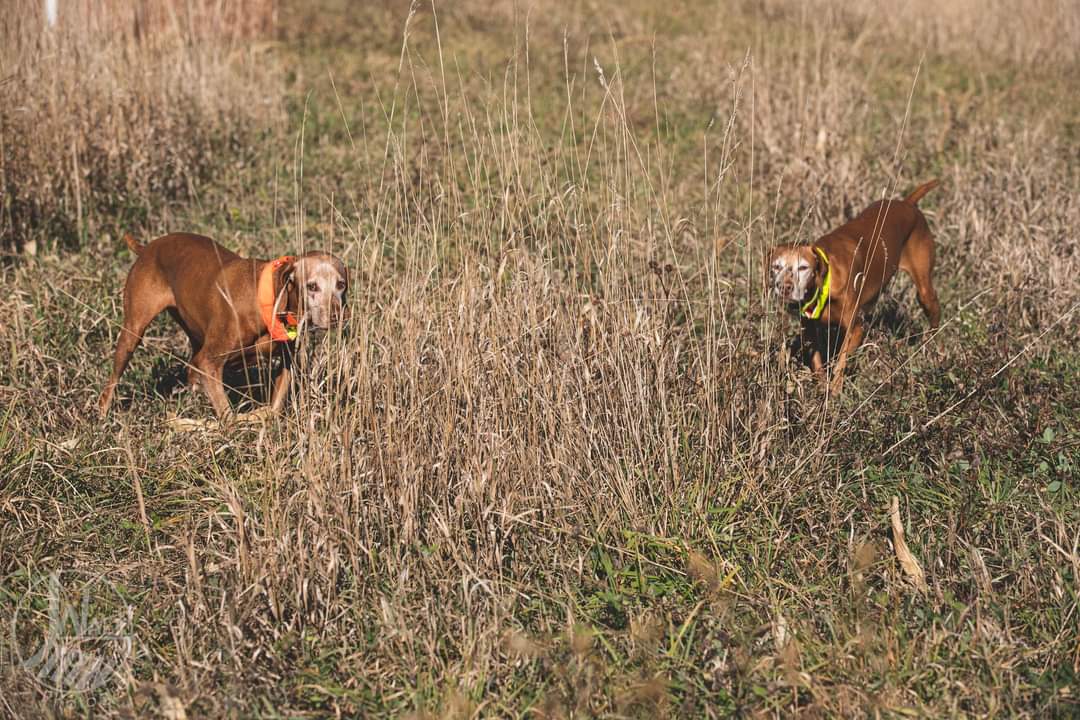Please recommend your preferred training collars.
Back story: We recently implemented a new puppy into our little pack. Since, I have found three possum carcasses. Even though I’ve never seen a possum in the five years I’ve lived here, I could write it off because we are surrounded by woods and wild life and dogs are, well, dogs.
WELLLLLLLL. Tonight I was taking the trash can up from the barn and puppy was trotting around with a possum. I wasn’t thrilled, but I was happy it wasn’t decomposing. Shuffled dogs inside. Grabbed a bag and gloves. Went to retrieve said possum. Said possum WASNT there.
I am not okay with this behavior. We like to eliminate any prey drive as soon as it presents itself. Obviously we will be taking several other precautions and continuing to work on manners and recall, but I would like to teach her to respond to a training collar in case she’s out of my reach. What are your favorite brands and features.
Don’t come at me. I know how to correctly use a training collar. It will never be used as a punishment.


 we have a Chinese crested who is very similar. Puppy has a drop command but I should really teach her to leave it too. She will normally just drop and come to me so I guess I’ve let that one slip by the wayside.
we have a Chinese crested who is very similar. Puppy has a drop command but I should really teach her to leave it too. She will normally just drop and come to me so I guess I’ve let that one slip by the wayside.